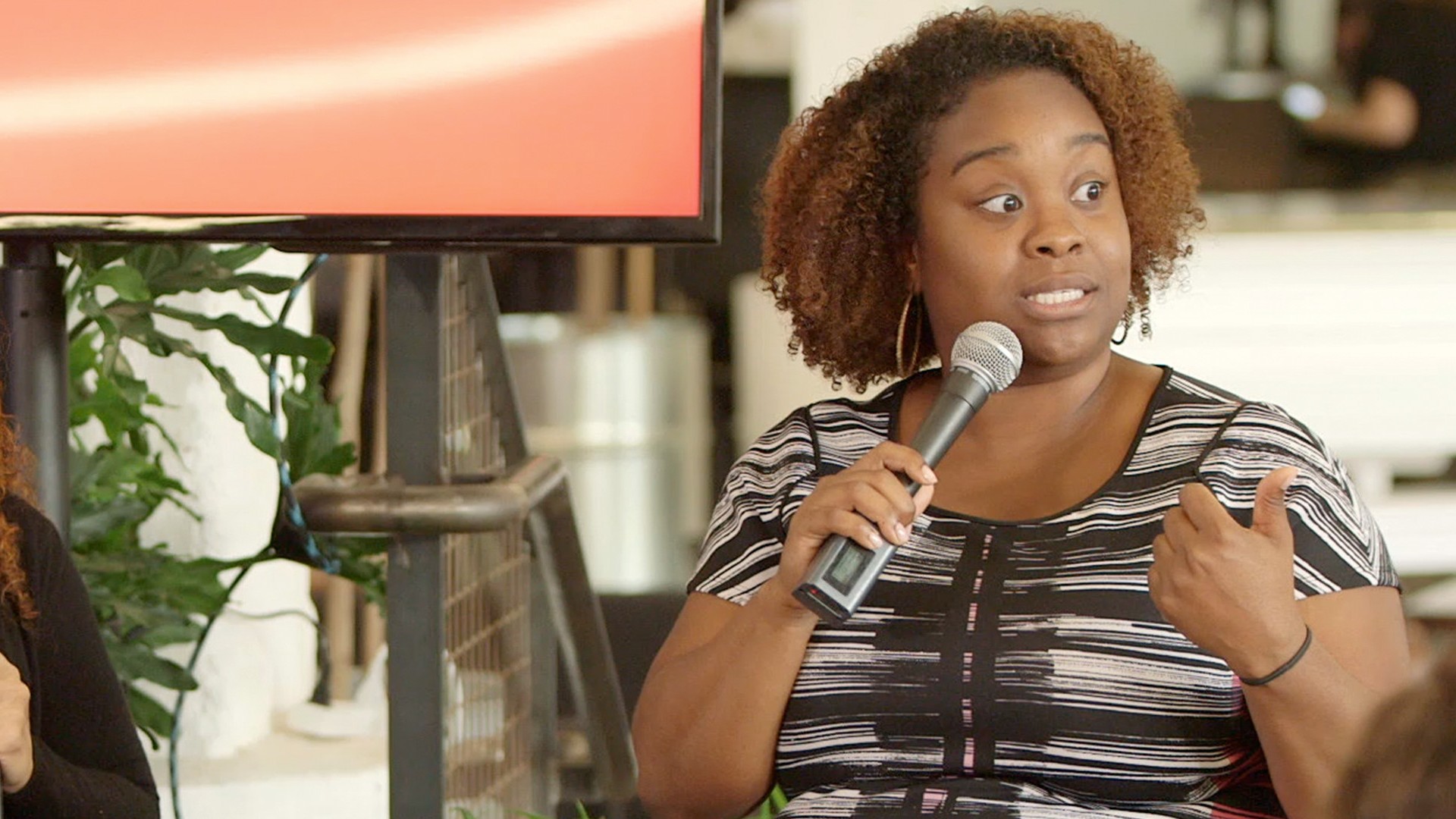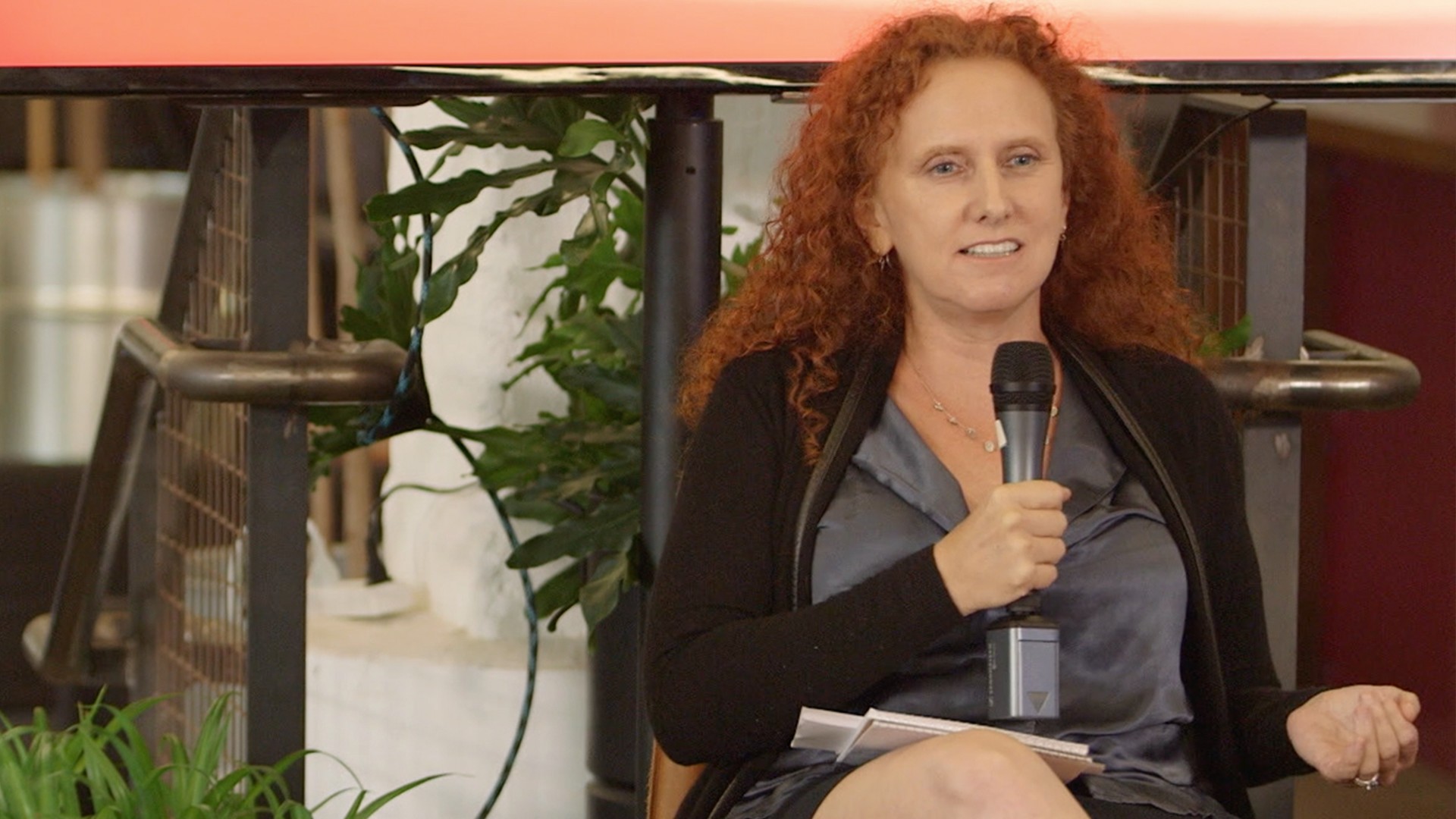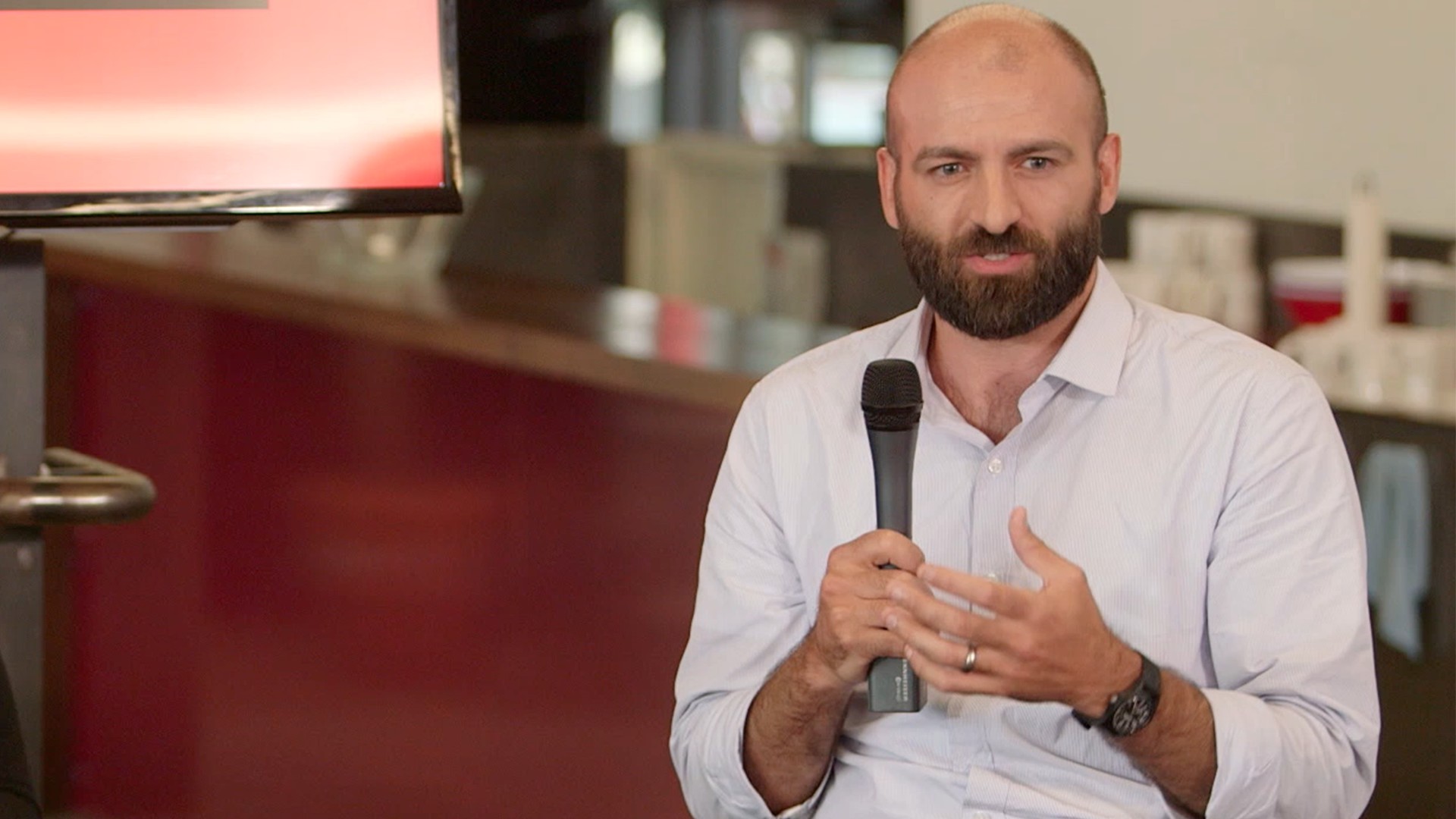Matthew Heptinstall / Getty
Anyone who lived through the 90s as an adult knows that the current opioid problem is being handled a little differently—by the media and by health professionals—than in previous decades. The current signs of national compassion for the people dealing with addiction are both a gift and an audacious testament to race and class discrimination. Addiction is finally, slowly, starting to be considered a public health issue rather than a criminal justice one. Those consumed by addiction are starting to be recognized as products of systemic oppression or even mental illness—versus being seen as an ugly rash the country has historically tried to hide, jail, or let quietly die.We're clearly not there yet. But it starts with the rhetoric and awareness. A growing percentage of the country's healthcare professionals are coming to accept that helping people through this drug crisis means addressing the circumstances fostering their habits. We heard from a few of them at a recent Tonic Talk.Kassandra Frederique
New York State Director at the Drug Policy Alliance In the 50s, 60s, and 70s a lot of the drug crisis was ascribed to poorer people, musicians, people of color. The crack cocaine crisis was very much ascribed to very urban populations—black communities. The current opioid crisis is ascribed as a young white male issue. When we've created prescriptions for how the drug crisis is being talked about, we have a different conversation about how we are going to respond.We even see this in the way that this drug crisis is being reported. So if you look at October 2015, the New York Times' front page story read In Heroin Crisis, White Families Call On a Gentler War on Drugs. That title is so important because it lets you know that the war on drugs was harsh in the first place, and families are demanding a gentler way.People are recognizing that the way we've been dealing with drugs was not the appropriate way to deal with a health issue. It [also] lets you know that it's not "families" who are calling for a gentler war, it's saying "white families." Because only white families can engender this kind of marshalling of resources and engender this kind of compassionate response—one that is based more on rationality and health as opposed to public safety, diversion, incarceration, correction and control. We're in an amazing moment because advocates have for so long been talking about moving the drug issue from a criminal justice issue to a health issue. The work is both invigorating and really sobering.Maia Szalavitz
In the 50s, 60s, and 70s a lot of the drug crisis was ascribed to poorer people, musicians, people of color. The crack cocaine crisis was very much ascribed to very urban populations—black communities. The current opioid crisis is ascribed as a young white male issue. When we've created prescriptions for how the drug crisis is being talked about, we have a different conversation about how we are going to respond.We even see this in the way that this drug crisis is being reported. So if you look at October 2015, the New York Times' front page story read In Heroin Crisis, White Families Call On a Gentler War on Drugs. That title is so important because it lets you know that the war on drugs was harsh in the first place, and families are demanding a gentler way.People are recognizing that the way we've been dealing with drugs was not the appropriate way to deal with a health issue. It [also] lets you know that it's not "families" who are calling for a gentler war, it's saying "white families." Because only white families can engender this kind of marshalling of resources and engender this kind of compassionate response—one that is based more on rationality and health as opposed to public safety, diversion, incarceration, correction and control. We're in an amazing moment because advocates have for so long been talking about moving the drug issue from a criminal justice issue to a health issue. The work is both invigorating and really sobering.Maia Szalavitz
Journalist and author of Unbroken Brain: A Revolutionary New Way of Understanding Addiction One of the things that I found horrifying when I first sought treatment was that basically the treatment is: confession, meeting, and prayer. You have to surrender to a higher power. Eighty percent of treatment is still based on the 12 Steps of AA from the 1930s. This really has very little relevance to people with opioid addiction. Now, there are people who love the 12 steps and find a great, supportive, caring community in 12 Step programs and I have nothing against that.I just think we as taxpayers and people who have medical insurance, shouldn't be paying $30,000 a month or $50,000 a month for people to get that content that they can get for free in a church basement. Also, if we're arguing that addiction is a medical problem, and I walk into a medical setting and 80 percent of the time, I'm told I must pray and make restitution and all this other kind of stuff…If I went to a cancer doctor and I was told that, I would think I had gone to some wacko.But in the addictions field, if you go into a treatment center and you don't accept that, you're basically told that you're in denial. You're resistant to treatment. We need to break you down some more so you can understand that this is the only way and that the only alternatives [are] jails, institutions, and death. Who would go to that treatment voluntarily? Most people will not choose to that unless they're absolutely desperate. What we want is to have options for people. We want people to be able to go into a treatment center and be told, Hey we're glad you're here. How can we help you? Not: You are scum and we're going to break you first and then maybe fix you if we get around to it.Jonathan Giftos
One of the things that I found horrifying when I first sought treatment was that basically the treatment is: confession, meeting, and prayer. You have to surrender to a higher power. Eighty percent of treatment is still based on the 12 Steps of AA from the 1930s. This really has very little relevance to people with opioid addiction. Now, there are people who love the 12 steps and find a great, supportive, caring community in 12 Step programs and I have nothing against that.I just think we as taxpayers and people who have medical insurance, shouldn't be paying $30,000 a month or $50,000 a month for people to get that content that they can get for free in a church basement. Also, if we're arguing that addiction is a medical problem, and I walk into a medical setting and 80 percent of the time, I'm told I must pray and make restitution and all this other kind of stuff…If I went to a cancer doctor and I was told that, I would think I had gone to some wacko.But in the addictions field, if you go into a treatment center and you don't accept that, you're basically told that you're in denial. You're resistant to treatment. We need to break you down some more so you can understand that this is the only way and that the only alternatives [are] jails, institutions, and death. Who would go to that treatment voluntarily? Most people will not choose to that unless they're absolutely desperate. What we want is to have options for people. We want people to be able to go into a treatment center and be told, Hey we're glad you're here. How can we help you? Not: You are scum and we're going to break you first and then maybe fix you if we get around to it.Jonathan Giftos
Physician, Director of Clinical Education, Division of Correctional Health Services at Rikers Island When people who use drugs end up in the criminal justice system, they're exposed to tremendous harms and tremendous risks and our system doesn't always do a great job of meeting people where they're at and caring for them the way they should be cared for.In New York City, about 65,000 people passed through the jail system last year. About 9,000 have an opioid use disorder. So you're talking about a pretty large percentage of the population. And these are unfortunately patients who have struggled with opioid use sometimes for many years—multiple incarcerations, multiple interventions through the criminal justice system that haven't changed their life in a positive way or made them or their communities any healthier or safer.I think this is part of a larger belief that people who use drugs need to suffer and that they need to be made uncomfortable in order to make important changes in their life. And what we know in the addiction community and in the public health community is that that's not how behaviors change. People make behavioral change when they feel supported, when they feel like they have resources, when they feel like they have motivation.Sometimes, unfortunately, the engagement with the criminal justice system does the opposite. So my approach to the care of people who use drugs, who move through the criminal justice system, is rooted in a philosophy of harm reduction—which is a way of approaching a person who uses drugs or has any behavior that might be causing some distress or injury that's focused on reducing the harms of that behavior and not necessarily forcing them to stop that behavior. For people who use drugs, sometimes that means using drugs more safely.Read This Next: The Opioid Problem is Our Problem
When people who use drugs end up in the criminal justice system, they're exposed to tremendous harms and tremendous risks and our system doesn't always do a great job of meeting people where they're at and caring for them the way they should be cared for.In New York City, about 65,000 people passed through the jail system last year. About 9,000 have an opioid use disorder. So you're talking about a pretty large percentage of the population. And these are unfortunately patients who have struggled with opioid use sometimes for many years—multiple incarcerations, multiple interventions through the criminal justice system that haven't changed their life in a positive way or made them or their communities any healthier or safer.I think this is part of a larger belief that people who use drugs need to suffer and that they need to be made uncomfortable in order to make important changes in their life. And what we know in the addiction community and in the public health community is that that's not how behaviors change. People make behavioral change when they feel supported, when they feel like they have resources, when they feel like they have motivation.Sometimes, unfortunately, the engagement with the criminal justice system does the opposite. So my approach to the care of people who use drugs, who move through the criminal justice system, is rooted in a philosophy of harm reduction—which is a way of approaching a person who uses drugs or has any behavior that might be causing some distress or injury that's focused on reducing the harms of that behavior and not necessarily forcing them to stop that behavior. For people who use drugs, sometimes that means using drugs more safely.Read This Next: The Opioid Problem is Our Problem
Advertisement
New York State Director at the Drug Policy Alliance

Advertisement
Journalist and author of Unbroken Brain: A Revolutionary New Way of Understanding Addiction

Advertisement
Physician, Director of Clinical Education, Division of Correctional Health Services at Rikers Island

